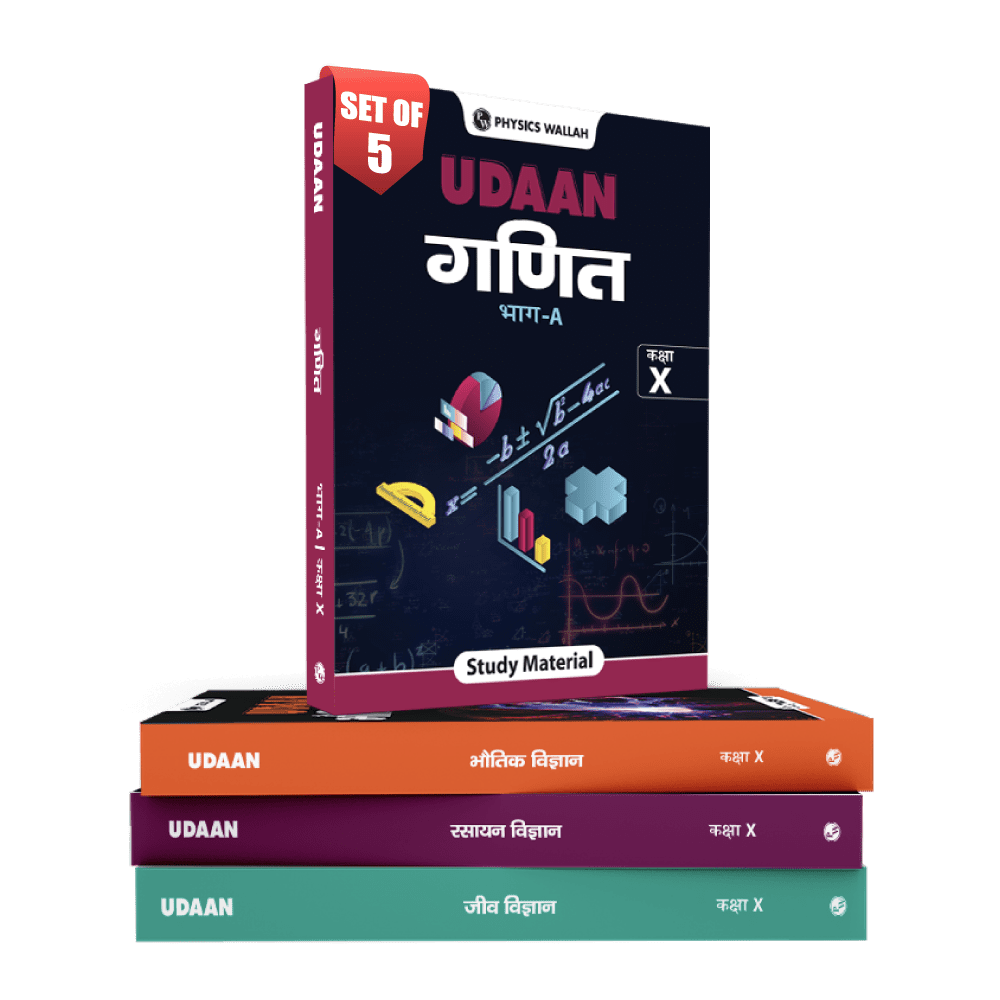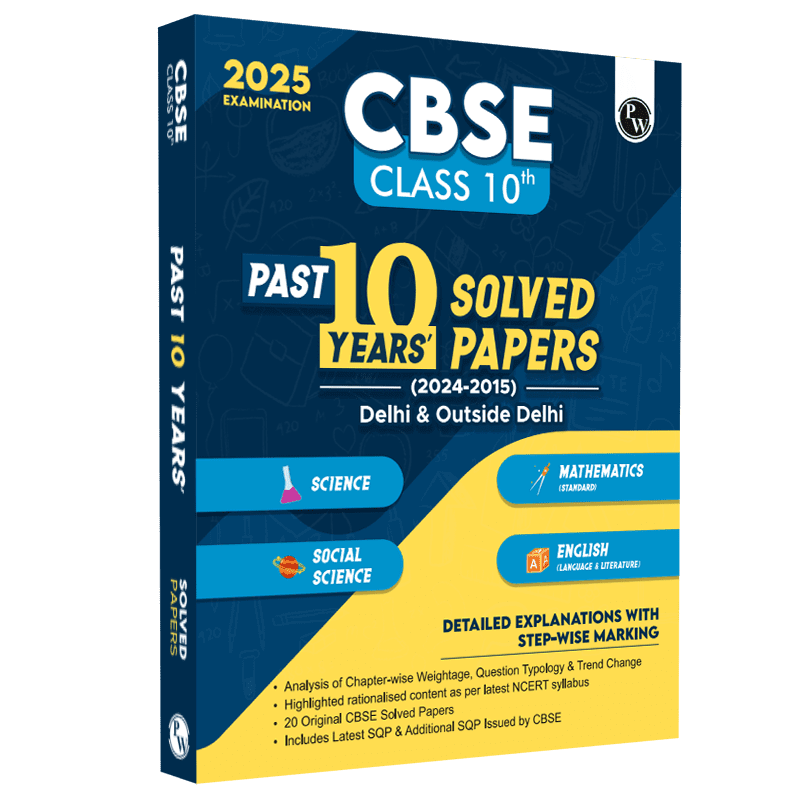NCERT Solutions for Class 10 Social Science Civics Chapter 3 Democracy and Diversity

Class 10 Social Science Civics Chapter 3 Democracy and Diversity: The NCERT solutions for Class 10 Social Science Civics Chapter 3, Democracy and Diversity, are designed to help students thoroughly understand the concepts discussed in the chapter. This chapter explores the diverse nature of Indian society and examines how democracy effectively accommodates and respects this diversity. It sheds light on the role of social differences, divisions, and inequalities in shaping democratic practices and institutions.
The solutions for Chapter 3 Civics Class 10 are curated by faculty to provide clear, concise, and accurate explanations. They address democracy and diversity class 10 questions and answers systematically, helping students grasp key concepts such as the relationship between diversity and democracy, the role of social divisions in politics, and how democratic systems resolve conflicts while promoting equality and inclusion.
By studying these class 10 civics ch 3 solutions, students can strengthen their conceptual understanding and enhance their ability to answer exam questions confidently. The detailed answers and examples included make it easier for students to relate theoretical concepts to real-life scenarios. These solutions not only help clarify doubts but also improve analytical and writing skills, enabling students to perform better in exams. Going through these class 10 civics ch 3 question answers is an essential step in preparing effectively for the board examinations.
Check out: CBSE Class 10th Books
NCERT Solutions for Class 10 Civics Chapter 3 Democracy and Diversity
Exercise Page No. 37
Question 1: Discuss three factors that determine the outcomes of politics of social divisions.
Answer: The outcomes of the politics of social divisions are influenced by three main factors:
-
Perception of Identities: The way people perceive their identities plays a crucial role. If individuals view their identities in singular and exclusive terms, it becomes challenging to accommodate diverse perspectives.
-
Political Leaders’ Demands: The demands raised by political leaders of various communities also impact outcomes. Demands that align with the constitutional framework and do not undermine the interests of other communities are easier to accommodate.
-
Government Response: The response of the government to the demands of different groups is significant. How the government addresses these demands can either exacerbate or alleviate social tensions and divisions.
Read More: NCERT Solutions for Class 10 Social Science Civics Chapter 1 Power-Sharing
Question 2: When does a social difference become a social division?
Answer: Social division occurs when certain social differences overlap with others. This happens when one type of social difference becomes more significant than others, leading people to feel that they belong to different communities. These differences that transform into social divisions are termed overlapping differences.
Read More: NCERT Solutions for Class 10 Social Science Civics Chapter 2: Federalism
Question 3: How do social divisions affect politics? Give two examples.
Answer: Democracy involves competition among various political parties, which can sometimes exacerbate existing social divisions. When political parties compete along the lines of these divisions, it can escalate into political divisions and result in conflict, violence, or even the disintegration of a country. This scenario has occurred in several countries:
a. In North Ireland – The country has witnessed violent and bitter ethnopolitical conflict. The population is divided between Protestants (53 percent) and Roman Catholics (44 percent). Nationalist parties, representing Catholics, demanded unification with the Republic of Ireland, while Unionists, representing Protestants, advocated remaining with the UK. This competition led to social conflicts resulting in hundreds of civilian deaths.
b. In Yugoslavia – Political competition based on religious and ethnic affiliations contributed to the breakup of Yugoslavia into six independent countries.
Question 4: ________________ social differences create possibilities of deep social divisions and tensions. ___________________ social differences do not usually lead to conflicts.
Answer: Overlapping social differences create possibilities of deep social divisions and tensions. Cross-cutting social differences do not usually lead to conflicts.
Question 5: In dealing with social divisions which one of the following statements is NOT correct about democracy?
-
Due to political competition in a democracy, social divisions get reflected in politics.
-
In a democracy, it is possible for communities to voice their grievances in a peaceful manner.
-
Democracy is the best way to accommodate social diversity.
-
Democracy always leads to the disintegration of society on the basis of social divisions.
Answer: d. Democracy always leads to the disintegration of society on the basis of social divisions.
Question 6: Consider the following three statements.
-
Social divisions take place when social differences overlap.
-
It is possible that a person can have multiple identities.
-
Social divisions exist in only big countries like India.
Which of the statements is/are correct?
-
A, B and C
-
A and B
-
B and C
-
Only C
Answer: (b) A and B
Question 7: Arrange the following statements in a logical sequence and select the right answers by using the code given below.
-
But all political expression of social divisions need not be always dangerous.
-
Social divisions of one kind or the other exist in most countries.
-
Parties try to win political support by appealing to social divisions.
-
Some social differences may result in social divisions.
a) D, B, C, A
b) D, B, A, C
c) D, A, C, B
d) A, B, C, D
Answer: (a) D, B, C, A
Check out: CBSE Class 10th Question Banks
Question 8: Among the following, which country suffered disintegration due to political fights on the basis of religious and ethnic identities?
-
Belgium
-
India
-
Yugoslavia
-
Netherlands
Answer: (c) Yugoslavia
Question 9: Read the following passage from a famous speech by Martin Luther King Jr. in 1963. Which social division is he talking about? What are his aspirations and anxieties? Do you see a relationship between this speech and the incident in Mexico Olympics mentioned in this chapter?
“I have a dream that my four little children will one day live in a nation where they will not be judged by the colour of their skin but by the content of their character. Let freedom ring. And when this happens, and when we allow freedom ring—when we let it ring from every village and every hamlet, from every state and every city, we will be able to speed up that day when all of God’s children—black men and white men, Jews and Gentiles, Protestants and Catholics—will be able to join hands and sing in the words of the old Negro spiritual: ‘Free at last! Free at last! Thank God Almighty, we are free at last!’ I have a dream that one day this nation will rise up and live out the true meaning of its creed: ‘We hold these truths to be self-evident: that all men are created equal’.”
Answer: Martin Luther King Jr. is referring to segregating policies used by whites against coloured people. He mentioned that it is the reason for the social division between the two communities.
His aspiration was for people to move towards a secure society where different communities could live together peacefully. He hoped for a non-racial society where racial abuse doesn’t exist. He wanted the communities to respect each other and not discriminate against each other on the basis of their color.
Yes, there is a relationship between his speech and the incident at the Mexico Olympics, as both reflect a stand against the plight of the African-American people.
Check out: CBSE Class 10th Previous Year Papers
Class 10 Social Science Civics Chapter 3 Democracy and Diversity Summary
In our diverse world, democracy plays a crucial role in bringing people together. Diversity means differences among people, such as in religion, language, or culture. It’s what makes our societies unique and vibrant. In a democracy, like in India, the goal is to respect and include all these differences while ensuring that everyone has a say.
Diverse societies face challenges. For example, different groups might have conflicting interests. But democracy is designed to handle these issues by promoting fairness and equal rights. It aims to give everyone a voice and protect minority groups from being overlooked.
In India, diversity is everywhere. From various languages spoken to a multitude of religions practiced, the country’s diversity is vast. The Indian Constitution plays a big role in managing this diversity. It guarantees basic rights and works to ensure that everyone is treated equally, regardless of their background.
For instance, India has a language policy to balance regional languages with the need for a common national language. This helps people communicate while respecting linguistic diversity. Similarly, India’s secular approach means that the state respects all religions equally without favoring any particular one.
In conclusion, while diversity can present challenges in a democracy, it also enriches our lives. By embracing and managing diversity well, democracies can create more inclusive and harmonious societies.
Check out: CBSE Class 10th Revision Books
Class 10 Civics Chapter 3 FAQs
Q1. What is the name of Chapter 3 of Class 10 Civics?
Ans. The name of Chapter 3 of Class 10 Civics is Democracy and Diversity.
Q2. What is democracy and diversity class 10?
Ans. The topic of democracy and diversity in class 10 covers the intricacies related to democracy in India.
Q3. How power sharing can be a solution to the problem of social divisions in Class 10?
Ans. Power sharing is good because it reduces the possibility of conflict between social groups.
Q4. What is democracy and its answers?
Ans. A system of government in which leadership, policies, laws, and major undertakings of a state or other polity are directly or indirectly decided by the people is called democracy.
Q5. What are the two types of democracy in Class 10?
Ans. There are two types of democracy present around the world i.e., direct democracy and representative democracy.










